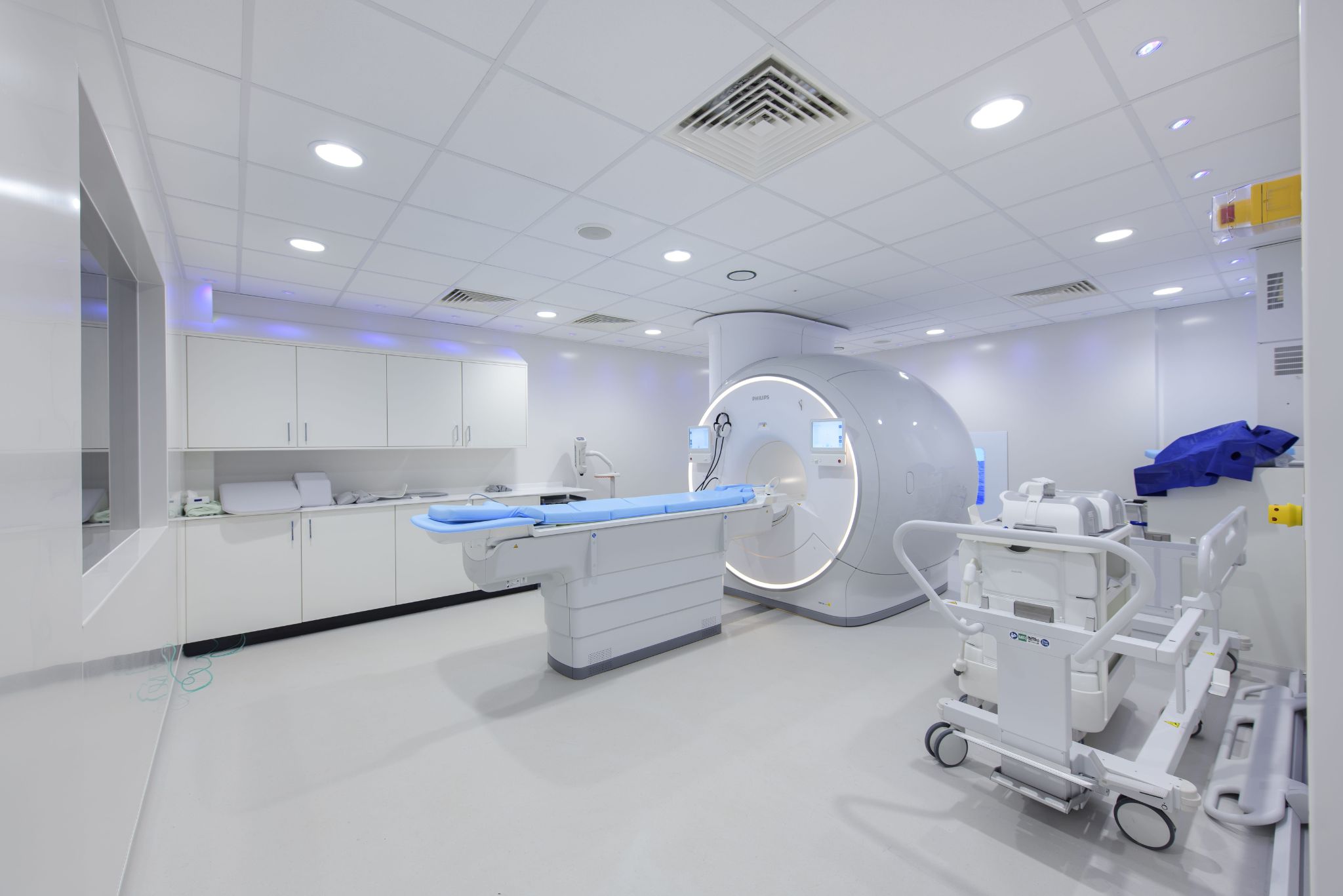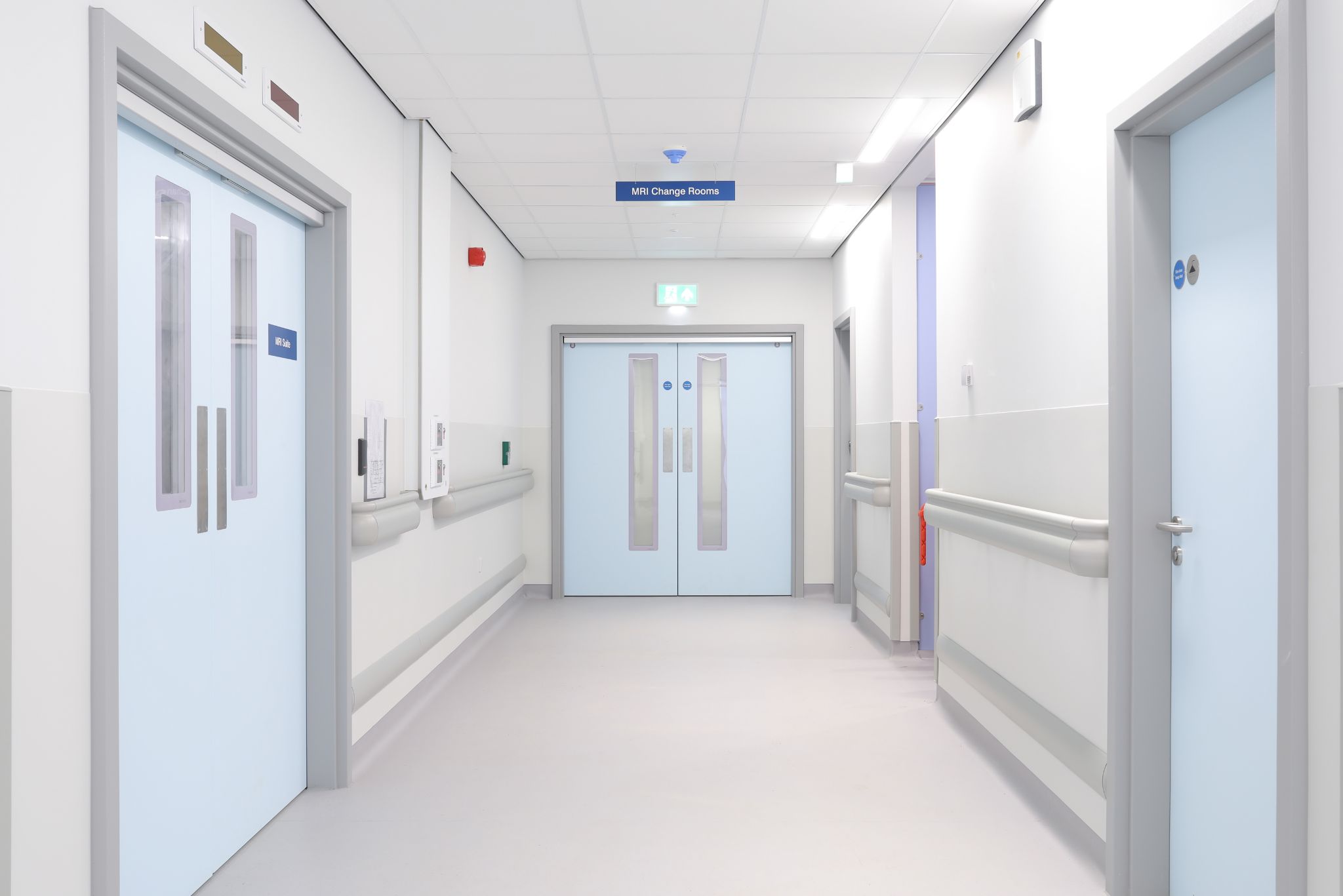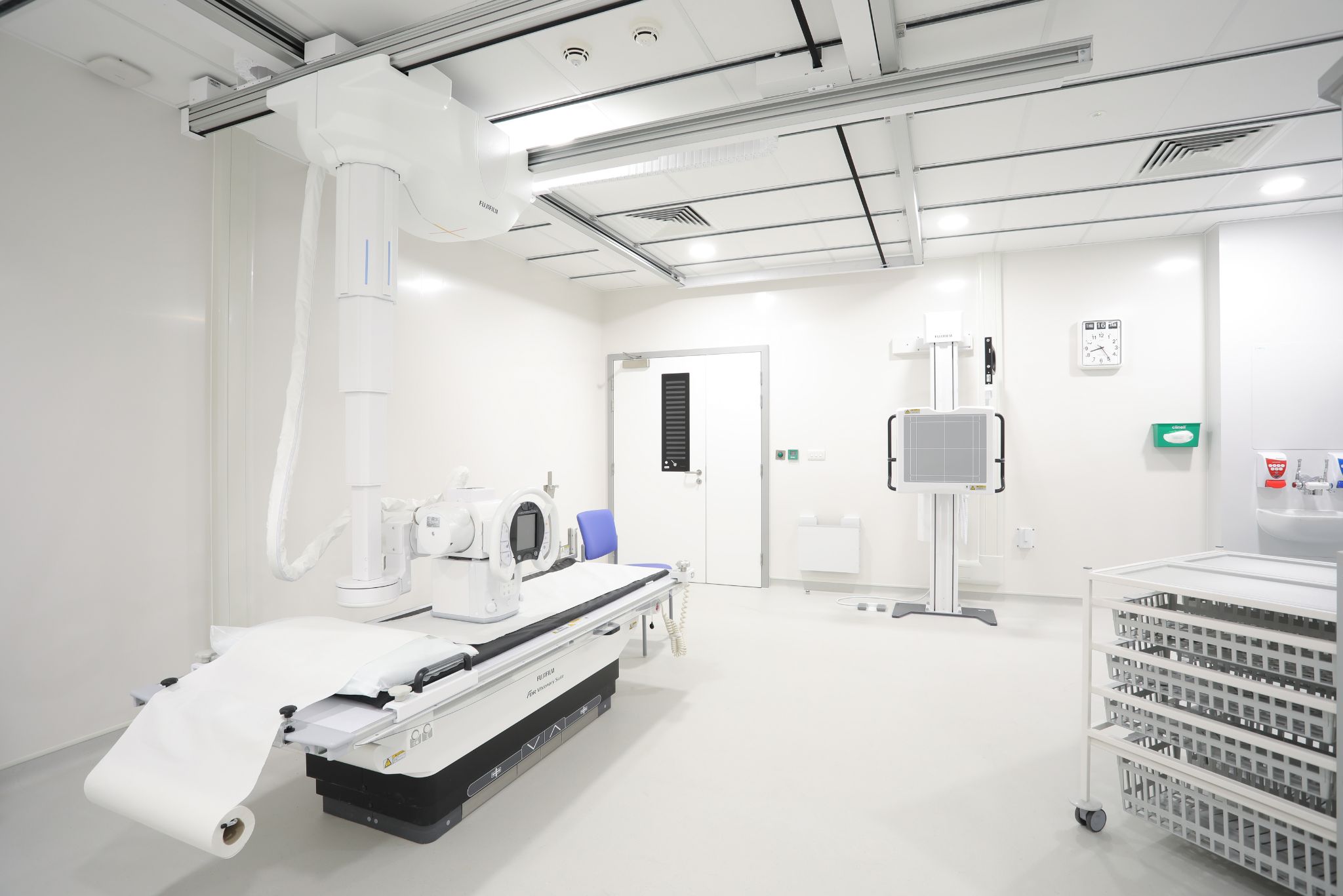
The urgent need for more diagnostic facilities within the NHS is encouraging more NHS Trusts to partner with specialist provider MTX for rapid and cost-effective delivery – in turn, improving outcomes for patients and ensuring a quicker return on investment.
Over the past year, MTX has completed five fully compliant Community Diagnostic Centre projects across the country. Two were built concurrently at Skegness and Lincoln, another at Milford, a new CDC on the Wirral at Clatterbridge Hospital and the fifth is an Endoscopy unit providing extra diagnostic facilities at the Salmon Fields CDC in Oldham.
The sites for the CDCs have presented challenges, in terms of location, remedial work because of land contamination, and requirements for diversion of underground services. But the capability and requirements of each CDC are very similar, and MTX takes pride in working closely with the Trusts to deliver bespoke solutions tailored to the specific requirements of each healthcare community.
In each project, groundworks progressed while structural steel units were manufactured offsite, and mechanical and electrical services were manufactured as modules where appropriate. These processes are part of the MTX hybrid approach to MMC, which embraces Design for Manufacture and Assembly principles and are in line with the Government’s Construction Playbook, which aims to speed up the build process and reduce costs.
MTX operates a continuous improvement culture designed to deliver the new facilities faster, greener, safer and more cost effectively than conventional building techniques; all without compromising quality and retaining design flexibility for custom-made solutions.

Mike Butler, MTX Pre-Construction Director, explains: “One of the unique aspects of creating a CDC is that they are rarely on a hospital site – because the purpose of the initiative, in most cases, is to take diagnosis and testing away from the bottleneck of established hospital sites. Often this means venturing into unknown territory in terms of the site and its potential problems. Many of the CDC sites are on brownfield sites or, typically, on car parks.
“There is often a reason why it is a car park, perhaps because of the nature of the sub-structure or because of services running beneath the ground. Part of our job is to discover what is there and deal with it, which may require rerouting services.”
Mike says that MTX is now very familiar with the particular requirements of Community Diagnostic Centres. “Typically, a CDC will have very heavy and sensitive scanning equipment – CT and MRI scanners – which require a very stable, low response concrete floor to operate effectively. They also frequently require shielding – lead or radio frequency blocking mesh built seamlessly into the structure - to protect patients and staff and to avoid interference with the equipment from other electrical devices and systems.”
“Despite the fact that they share a common purpose as part of a network of CDCs being created around the UK, each one is distinctly different, which is no surprise to the MTX team”, says healthcare architect and designer Chiso Simioni, who is one of a group of specialists in the field employed by MTX.
“We never subscribe to the ‘one size fits all’ mentality that can accompany working in the Modern Methods of Construction field. After delivering thousands of bed spaces, operating theatres and specialised clinical facilities, we understand that each project is different.
“There may be commonality in purpose, but the starting point for each project is input from the clinical teams which will be using the facility. They are made up of skilled professionals who are in the business of saving and changing lives, and their views and requirements must lead the design and delivery of the CDC or any other facility.”

